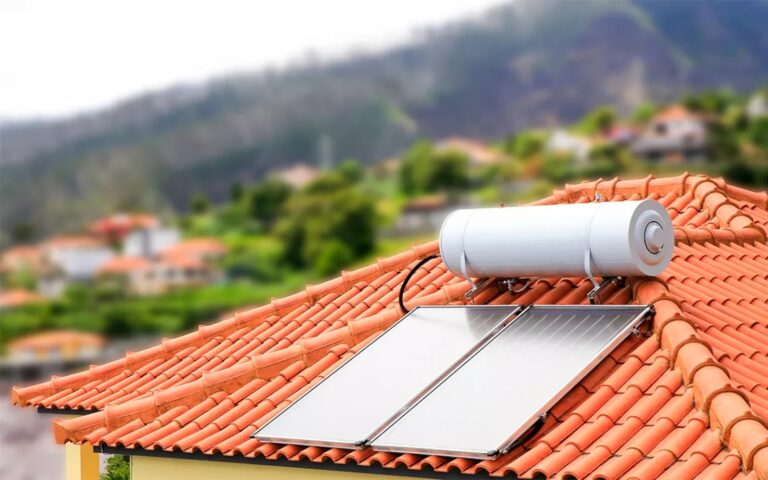Home water heating systems are one of the largest energy consumers in residential properties, typically accounting for 15–25% of household energy use.
In 2025, as energy costs remain high and climate change pressures continue, adopting eco-friendly water heating solutions is one of the most practical steps homeowners can take to reduce both utility bills and environmental impact.
Traditional tank water heaters often waste energy by continuously keeping water hot, leading to unnecessary standby heat losses. Meanwhile, inefficient systems may use more electricity or gas than necessary, contributing to higher carbon emissions.
By adopting modern solutions like heat pump water heaters, solar thermal systems, on-demand tankless heaters, and smart controls, you can significantly reduce energy waste while maintaining consistent hot water availability.
1. Heat Pump Water Heaters: The Efficiency Champion
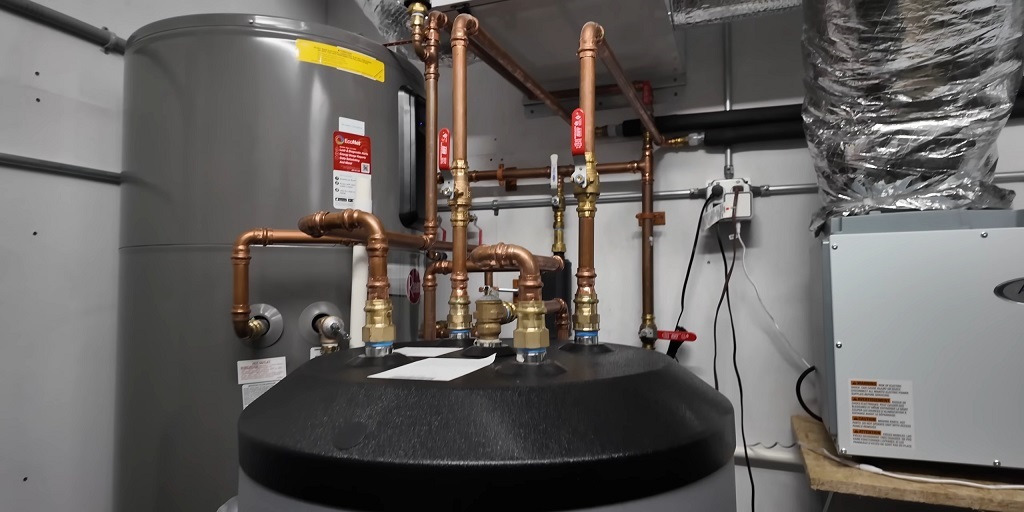
Heat pump water heaters (HPWH) work by extracting heat from the surrounding air and transferring it to water, using significantly less electricity than traditional electric heaters.
Instead of generating heat directly, they move it, operating on the same principle as a refrigerator but in reverse.
According to the U.S. Department of Energy, HPWHs can reduce energy consumption by 50–60% compared to electric resistance water heaters, with homeowners typically saving $300–600 annually.
Studies confirm that these systems can pay for themselves within 3–7 years, particularly in mild or warm climates where they operate most efficiently.
Modern HPWH models in 2025 come with quieter compressors, improved dehumidifying benefits for your utility room, and advanced smart integration, allowing you to schedule heating cycles during off-peak energy hours, further improving savings.
| Feature | Details |
| How It Works | Transfers heat from ambient air to water |
| Energy Savings | 50–60% less energy use |
| Annual Savings | $300–600 on energy bills |
| Ideal For | Mild to warm climates, homes with moderate space |
| Considerations | Higher upfront cost, needs ventilation |
2. Solar Water Heaters: Harnessing the Sun
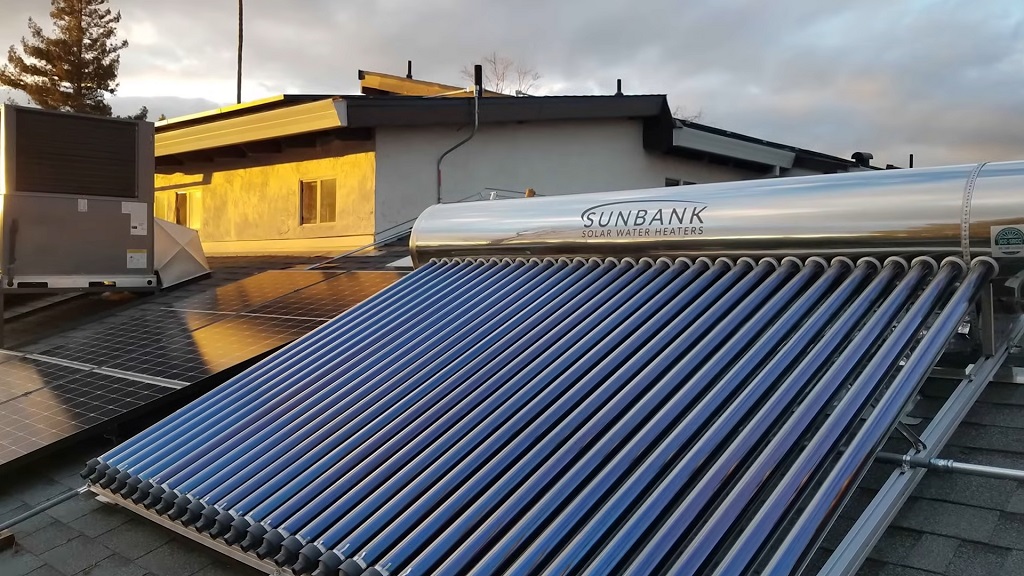
Solar water heating systems capture free, renewable solar energy to heat water, drastically reducing your reliance on electricity or gas. Using either direct or indirect systems, solar collectors heat water or a heat-transfer fluid, which then warms the water in a storage tank.
In regions with high solar availability, solar water heaters can cover 50–80% of your household’s hot water needs, significantly reducing energy bills. According to the European Renewable Energy Association, these systems can lower your home’s carbon emissions by up to 1 ton of CO₂ annually.
While initial installation costs can be higher, many regions offer incentives, rebates, and tax credits to offset upfront expenses, and the system pairs well with a backup HPWH or electric heater to ensure a consistent supply during cloudy days.
| Feature | Details |
| How It Works | Uses solar panels to heat water or a transfer fluid |
| Energy Savings | Covers 50–80% of hot water needs |
| Emission Reduction | Up to 1 ton CO₂ reduction per year |
| Ideal For | Sunny climates, eco-conscious homeowners |
| Considerations | Requires roof space, weather-dependent |
3. Tankless Water Heaters: On-Demand Hot Water
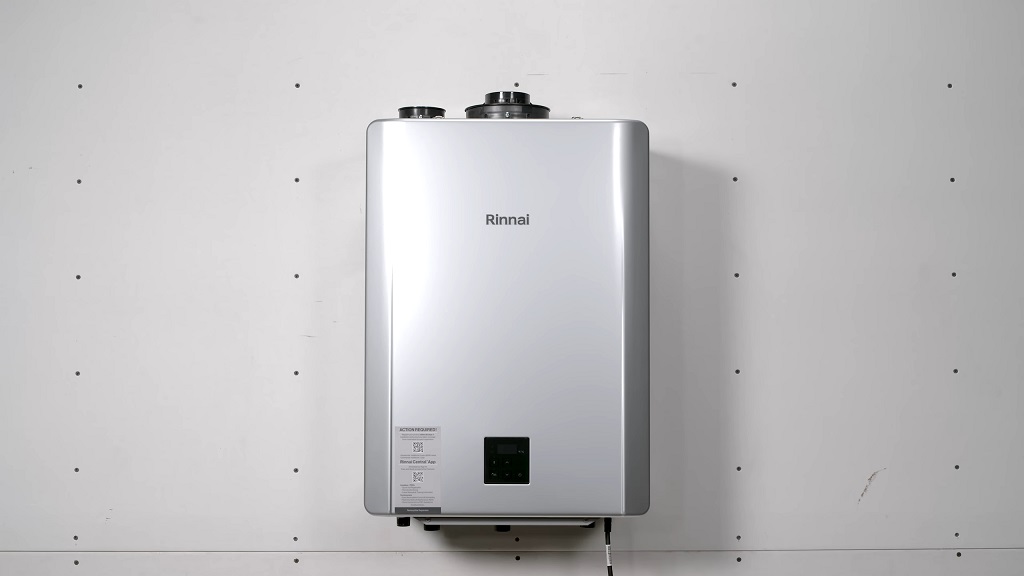
Tankless or on-demand water heaters heat water only when you need it, eliminating the standby heat losses seen in traditional storage tank systems. By activating only when a tap is turned on, they can reach energy efficiency levels of 80–98%, depending on the model and fuel source.
Homeowners benefit from endless hot water, compact sizing, and lower energy use, especially in smaller households with lower simultaneous hot water demands.
However, it is important to assess your peak hot water needs since tankless systems can struggle with multiple simultaneous uses in larger households unless sized correctly.
While exploring these systems, it is essential to learn more about tempering valves, which mix hot and cold water to deliver water at a safe, stable temperature, preventing scalding while maintaining system efficiency.
| Feature | Details |
| How It Works | Heats water instantly as needed |
| Energy Savings | 80–98% efficiency, reduced standby losses |
| Benefits | Endless hot water, compact design |
| Ideal For | Smaller homes, homeowners needing low-maintenance systems |
| Considerations | Flow limitations may require upgraded lines |
4. Heat Recovery Systems: Capture Waste Heat
Drain-water heat recovery systems capture heat from warm wastewater (like showers) to preheat incoming cold water, reducing the energy needed to heat your water further. These systems are passive, requiring no additional energy input, and work best in homes with consistent hot water usage patterns.
A Canadian Centre for Housing Technology study found that these systems can reduce water heating energy use by 25–40%, providing quick payback when installed in homes with high hot water consumption, such as large families or shared living spaces.
| Feature | Details |
| How It Works | Reclaims heat from drain water to preheat incoming water |
| Energy Savings | 25–40% reduction in water heating energy use |
| Benefits | Passive savings, low maintenance |
| Ideal For | Families with consistent hot water use |
| Considerations | Most effective with regular shower use |
5. Smart Water Heater Controls: Intelligent Energy Management
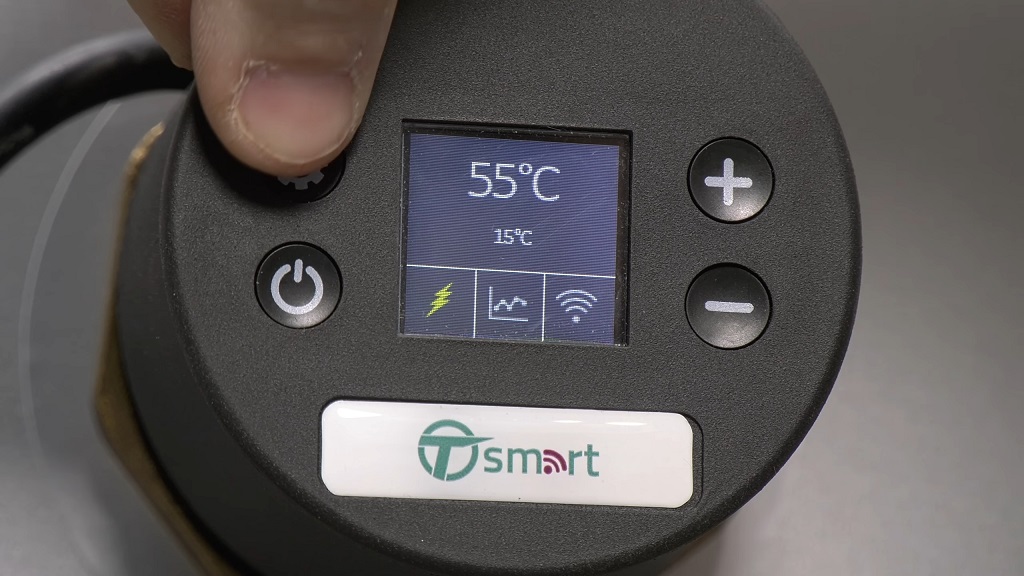
Smart water heater controls help optimize your system by scheduling heating during off-peak hours, learning your water use patterns, and remotely managing temperatures via an app.
These controls are particularly effective when paired with heat pumps or electric water heaters, allowing the system to heat water when energy rates are low, further reducing costs.
A 2023 study by Lawrence Berkeley National Laboratory found that using smart controls can save households 10–20% annually on water heating energy, with the added benefit of preventing unnecessary reheating when you’re away from home.
| Feature | Details |
| How It Works | Optimizes water heating using schedules and sensors |
| Energy Savings | 10–20% reduction in water heating costs |
| Benefits | Remote control, peak rate avoidance, learning patterns |
| Ideal For | Tech-friendly homes, users with variable schedules |
| Considerations | Requires WiFi, user monitoring for best results |
Choosing the Right Eco-Friendly Water Heating Solution
Selecting the best eco-friendly water heating upgrade depends on:
- Climate and solar availability: Solar water heaters thrive in sunny regions, while HPWHs perform best in mild to warm climates.
- Household size and hot water usage: Larger families may benefit from HPWHs with storage tanks or solar-HPWH combinations, while smaller households may prefer tankless systems.
- Budget and incentives: Upfront costs vary significantly, but rebates, tax credits, and utility incentives can reduce your payback period.
- Space availability: HPWHs and solar systems require more space, while tankless heaters are ideal for smaller homes or apartments.
Conclusion: Upgrade Today, Save Tomorrow
Improving your home water heating system with eco-friendly solutions in 2025 is one of the smartest energy decisions you can make. Not only will you lower your energy bills and reduce your carbon footprint, but you will also improve your home’s comfort and long-term resilience against rising energy prices.
Whether you choose a heat pump water heater, solar thermal system, tankless heater, or add smart controls and heat recovery, your investment today will pay dividends for years to come, supporting both your wallet and the planet.

